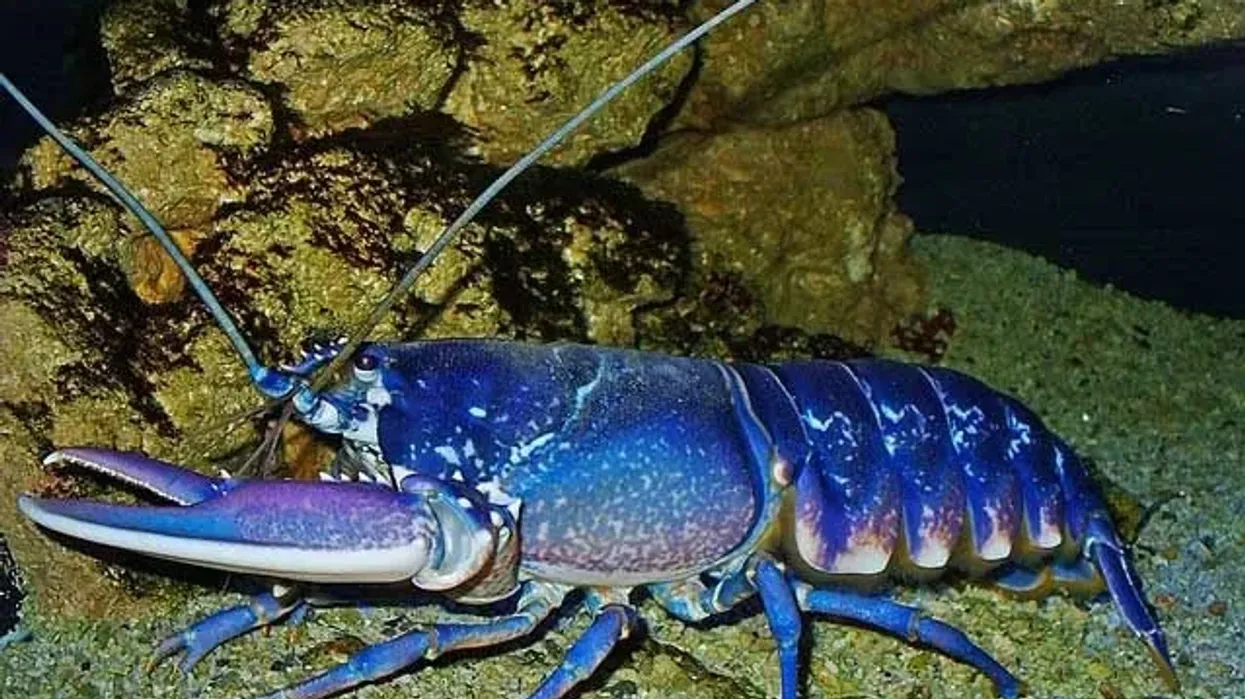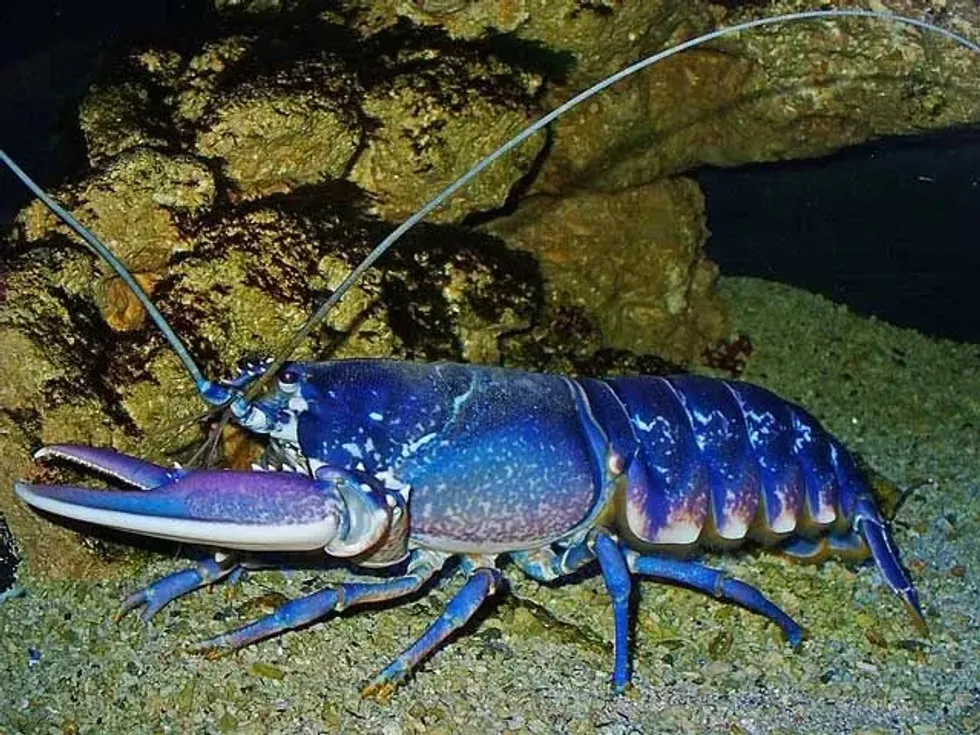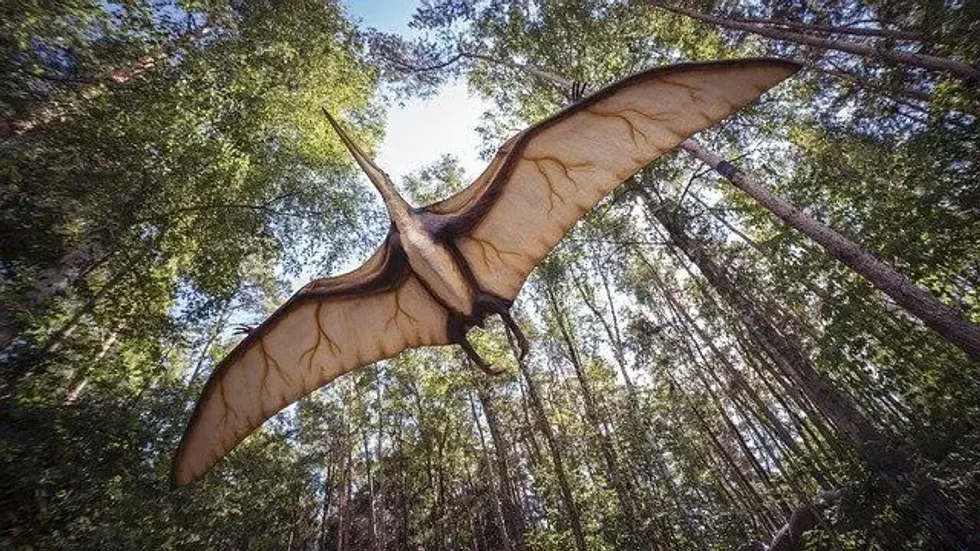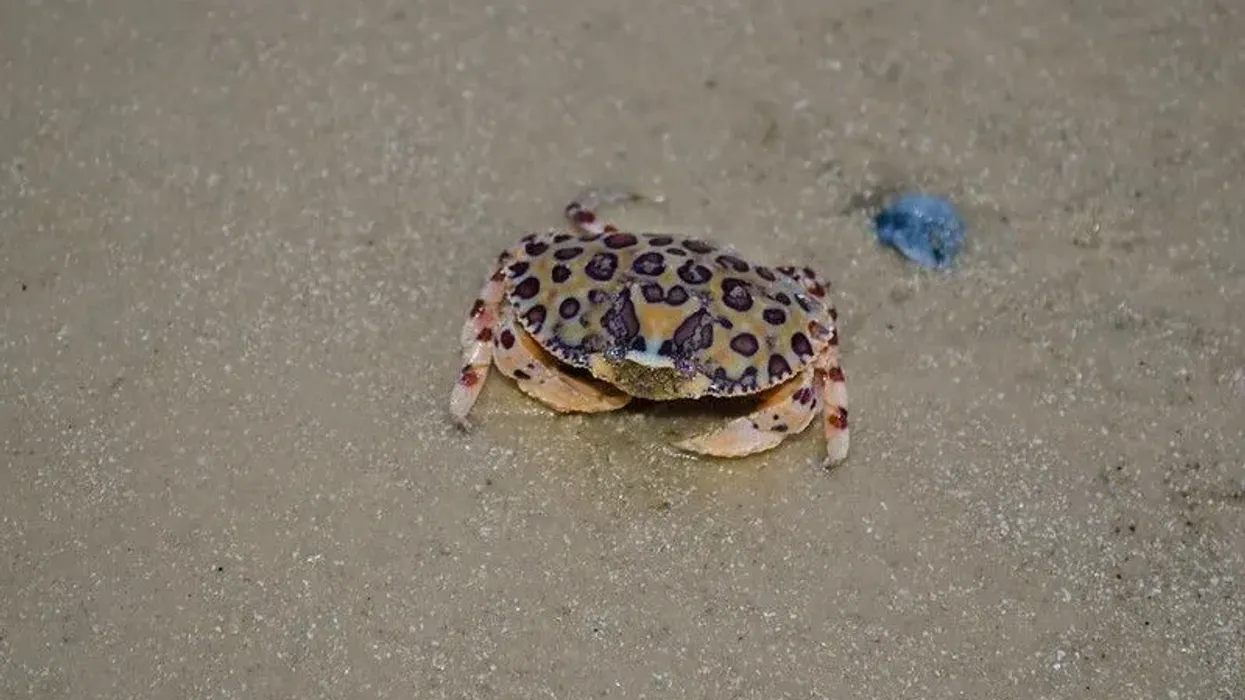The Homarus Gammarus, also known as European lobsters, is a beautiful large marine species. The European lobster habitat mainly occurs in the waters of the Black Sea, the Mediterranean, and even the Atlantic Ocean, with its population distribution extending from northern Norway, Azores, Morocco, and even parts of the British and Irish Isles.
The European lobster description begins with its large, blue-colored shell and sharp claws. This marine species can grow about 2 ft (61 cm) long and weigh up to 13 lb (5.9 kg)! It is a close relative of the Homarus Americanus or the American lobster.
Also known as the Common lobsters, their life cycle begins with tiny eggs attached to the mother lobster, which then hatches into larvae after almost an entire year. These larvae take about a month’s time before entering the benthic phase and stepping into adulthood.
Are you enchanted by knowing about the Homarus gammarus? You can also ‘dive’ deep into our pages on other crustaceans, such as the king crab or the Dungeness crab!
European Lobster Interesting Facts
What type of animal is a European lobster?
The Homarus Gammarus is a type of clawed lobster.
What class of animal does a European lobster belong to?
Common lobsters belong to the class of Crustaceans.
How many European lobsters are there in the world?
The total population of the European lobster (Homarus gammarus) is not known.
Where does a European lobster live?
You can spot common lobsters mainly in the Mediterranean Sea, parts of the Eastern Atlantic Ocean, and even the Black Sea, extending from northern Norway to Morocco.
What is a European lobster's habitat?
You can spot these lobsters at depths of about 492 ft (150 m) in their natural habitats. Usually, they do not prefer depths below 164 ft (50 m). They do not like open waters. They settle near hard substrates, usually hard mud or underwater rocks. They live within the crevices of these substrates.
Who do European lobsters live with?
We are not aware whether these lobsters live alone or prefer living with other of their own kind.
How long do European lobsters live?
The Homarus gammarus may live between 20-50 years.
How do they reproduce?
The female lobster reaches her maturity when she grows up to a carapace length of about 3-3.4 in (7.62-8.64 cm). On the other hand, the male ones mature even at a smaller body size. A mature female has the capacity to carry up to 40,000 eggs.
Breeding in this species usually takes place in the hot months of summer. The recently molted female hen has a comparatively soft outer shell, and the male participates with a hard shell. The female carries all the eggs, which are attached to the pleopods, and this might go on for close to a year.
Both males, as well as female lobsters, have appendages below their tails called swimmerets. Generally, the swimmerets assist in swimming. However, this appendage helps to keep the fertilized eggs secured in the females as well.
It is usually in the hours after the sunset when the little eggs hatch open. Hatching takes place between the months of May to September.
The little larvae swim up to the surface of the water and feed on zooplankton. Within a span of two to four weeks, the larvae shed their shells almost three times. After the third molting takes place, the young lobster begins to take the form of an adult.
They then prefer living deeper in the water bodies, adapting to the dark benthic lifestyle. When their shells grow up to a total carapace length of 0.58 in (1.47 cm), these juvenile lobsters begin their life as adults.
What is their conservation status?
The conservation status of the European lobster (Homarus Gammarus) is of Least Concern.
European Lobster Fun Facts
What do European lobsters look like?

The European lobster (Homarus gammarus) has a really large body. These crustaceans are hard-shelled, and this shell has to be shed multiple times in their life cycle. This shedding is called molting or ecdysis. Younger lobsters undergo molting multiple times in a year. However, the older lobsters shed their shells only once every one or two years.
They have multiple pereiopods-primary limbs- which serve different purposes. The first pair of these pereiopods The left limb is usually larger and is equipped with rounded nodules which help in crushing their prey.
This limb is called the ‘crusher.’ On the other hand, the right claw has much sharper insides, used for gripping and tearing down their prey. This limb is called the ‘cutter.’
The outer body is blue in color on the upper portion, having multiple spots on them. The underbody is yellow/cream in color. Their conspicuous pair of pointy claws are white/white-tipped, and the underside of these claws was of pale red tint or even off-white.
The color of the lobster eggs might indicate the developmental stage of this species. When laid first, these eggs are of black color, but as time passes, they turn into shades of brown with a black speckle. This spot is known as the ‘eye.’ By the time they are ready to hatch, the eggs are bright orange.
How cute are they?
We would not call these crustaceans cute!
How do they communicate?
We are not aware of any special communication technique executed by the European lobster. But we can tell you how all lobsters communicate generally.
Surprisingly, lobsters do not have any vocal cords. Hence, they cannot make any sounds from their mouths. What might surprise you is that lobsters pee from their faces! Yep, you have read it correctly.
The bladder of all lobsters is located near its brain. These are referred to as ‘rosette glands.’ These glands secrete pheromones. These pheromones are quite similar to hormones and are strongly scented. They can be smelt by other fellow lobsters.
As these lobsters urinate, the pheromones are also released from near the antenna base. With good precision, they are able to aim this at other lobsters near them. Usually, this action either expresses strong aggression or attraction, but sometimes they even use it to acknowledge the presence of the other lobster.
Aggression is usually expressed against lobsters who are fighting to mate. Upon winning a fight, the alpha male secretions are really strong but are of particular interest to the female lobster, attracting her towards him.
When the attracted female lobster goes back to the burrows with her, she also projects these pheromones in his direction. However, this is done with the intention to calm down the alpha from his aggression. She will also emit her urine with pheromones to let the others know that the owner of the burrow has a mate.
How big is a European lobster?
The common lobster can grow up to a total body length of about 24 in (60 cm). However, the lobsters which get caught in the lobster pots are smaller, having a body length between 9-15 in (23-38 cm).
This makes them almost 1.5 times the length of a worm snake.
How fast can European lobsters move?
We are not aware of how fast this species can move.
How much do European lobsters weigh?
The maximum weight of these lobsters is between 11-13 lb (5-6 kg). However, those caught during fisheries are usually of 1.5-5 lb (0.68-2.268). On average, this clawed lobster species weighs between 0.88-4.85 lb (0.4-2.2 kg).
What are the male and female names of the species?
Generally, male lobsters are called cocks, and female lobsters are called hens.
What would you call baby European lobsters?
A baby lobster is called a cricket.
What do they eat?
The European lobster diet has a lot of variety. They eat starfish, mollusks, crabs, sea urchins, fishes, and even marine worms, with each claw crushing and cutting through them.
Are they poisonous?
No, this blue-clawed lobster is not a poisonous species.
Would they make a good pet?
We believe this species is better left in their natural marine habitats.
Did you know...
The Homarus gammarus is a close relative of the American lobster (Homarus americanus). So what exactly are the differences between Homarus gammarus and the Homarus americanus (also called the Maine lobster)?
The rostrum protection of the American lobster possesses multiple spines (or at least one) on their undersides, whereas the common lobsters lack these.
Next in line on the 'European lobster vs. Maine lobster' list, the conspicuous pair of claws of the gammarus were either white or white-tipped, whereas the Homarus americanus had red or red-tipped claws.
The underside of the Homarus gammarus claws is of pale red/cream color, whereas that of the American lobster (Homarus americanus) is red/orange.
There have been attempts to introduce these lobsters to the New Zealand waters, and about 1 million larvae were released in the water between the years 1904-1914.
Do humans eat them?
The common lobster is seafood of high esteem. Usually, around the regions of the British Isles, these crustaceans are caught in multiple lobster pots.
This crustacean is sold at really high prices. This lobster might either be served fresh, or its meat can be sold as canned, powdered, or even frozen.
The best white meat of the common clawed lobster is located mainly in the abdomen and their claws. Except for the gut and the gastric mill, almost every other content of these lobsters are edible.
Speaking about the European lobster vs. American lobster taste test, the European lobster taste is considered to be much more delicious than the Homarus americanus and even costs up to three times more than the American species.
You might wonder when lobsters are served as a dish, why do they look red?
This red color comes on the bodies only after the lobster is cooked. Introducing the scientific aspect, a protein complex binds the astaxanthin, the red pigment. However, in increased temperatures of cooking, this protein complex loses its life, letting out the red pigment.
The minimum landing size for this species needs to be at least 3.4 in (8.64 cm) long. Breeding females of this species with the minimum landing size are not to be sold but must be notched on a uropod.
Are European lobsters nocturnal?
Yes, the Gammarus species are active during the dark hours. In the morning light, they prefer staying hidden within their burrows or crevices. Even the lobster eggs are hatched at night.
Here at Kidadl, we have carefully created lots of interesting family-friendly animal facts for everyone to discover! Learn more about some other crustaceans with our slipper lobster facts and hermit crab facts.
You can even occupy yourself at home by coloring in one of our free printable European lobster coloring pages.









